Animal Symbolism in Roman Art
Animal motifs appear in Roman art because of the important associations and meanings those animals carried. For some animals, such as lions and eagles, the connotations are fairly transparent, either because we still share them today or because such associations were so famous and widespread that they have not been forgotten; others, however, are far more obscure, toeing the line between whether animal motifs really were just an interesting design to the Ancient Romans, or perhaps meant something greater.
A Dolphin from Delphi
According to Greek and Roman mythology, the great religious centre of Delphi was located and founded with the help of Apollo in the form of ‘Delphinios’, a dolphin, leading to associations between dolphins and the god. Considered in general to be a ‘god-like’ animal, dolphins were believed to be exceptionally swift, to aid fisherman and to posses the ability to predict the weather.
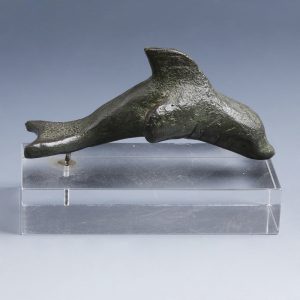
The Imperial Eagle
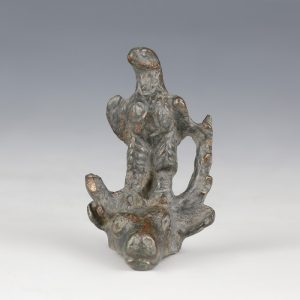
Many are familiar with the associations between the eagle and the primary Greek god, Zeus, known as Jupiter in Roman religion. It is not surprising, therefore, that the eagle would come to represent the power and prestige of Imperial Rome. Over time, it became the main symbol of the empire, particularly its military, appearing famously on the Roman standards, carried into battle. Images of eagles in Roman art, therefore, usually suggest a connection with the Roman military or the imperial court.
The Snake of Asclepius
Snakes have several important associations in Roman mythology. Perhaps the most significant example is in their association with the mythical healer Asclepius who, according to certain stories, received guidance in the secrets of healing from a snake. A snake curled around a rod became the symbol of Asclepius, later becoming a general symbol for medicine still used today. Consequently, when snakes appear in Roman art it is likely that they represent healing, and may bring good fortune in regards to health.
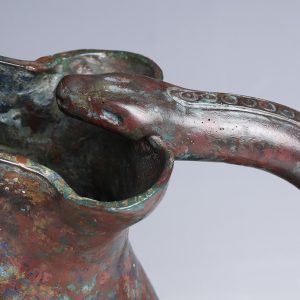
Cave Canem
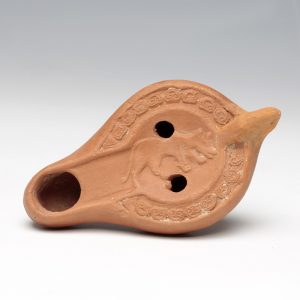
There is extensive mention of dogs in Roman mythology and literature, owing to their central role in daily life as guard and hunting dogs, such as Cerberus, the guardian of the underworld. Several famous mosaics from Pompeii depict dogs, including the well-known example with the phrase ‘cave canem’ (beware of the dog) written below. Much as is the case today, dogs could represent qualities such as loyalty, fidelity and protection, where they appear in Roman art
Goats, Sheep and Rams
Animals such as goats and sheep carried similar connotations in Ancient Rome. Often associated with Faunus, sheep and goats were symbols of rustic life and earthly qualities, sometimes sharing Faunus’ links with sexuality, with rams sometimes extended to a symbol of fertility. As a common choice for ritual sacrifice, sheep also appear as an image of piety and devotion to the gods.
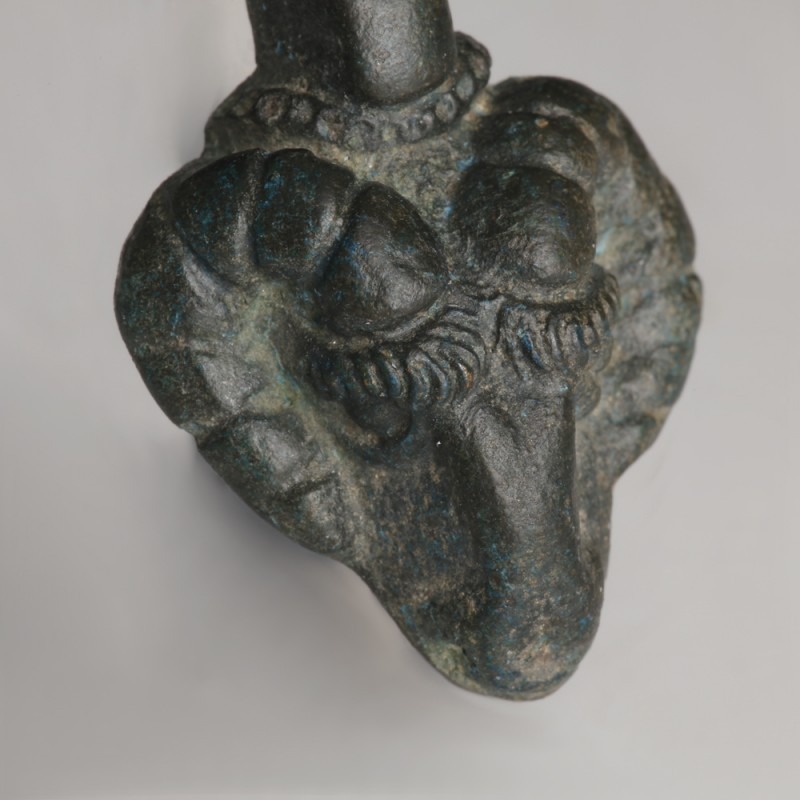
Filed under: Ancient Rome, Imagery & Symbolism Tags: , Ancient Art, Ancient Culture
Comments: Comments Off on Animal Symbolism in Roman Art